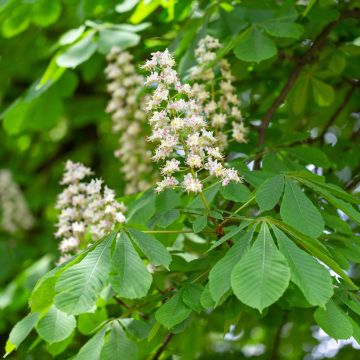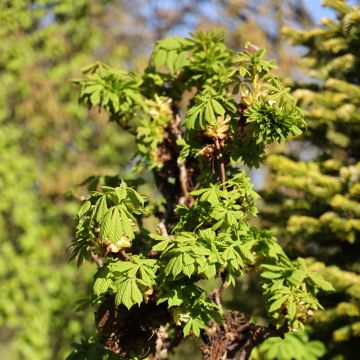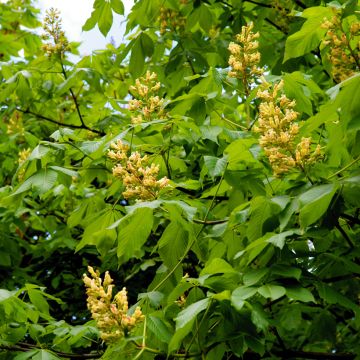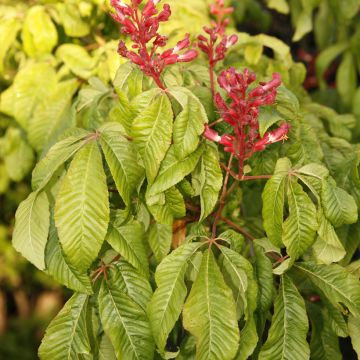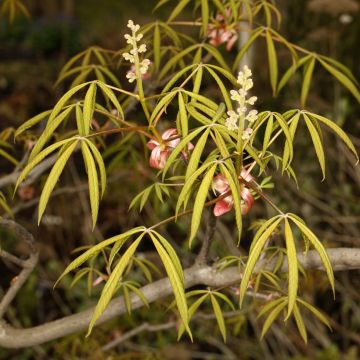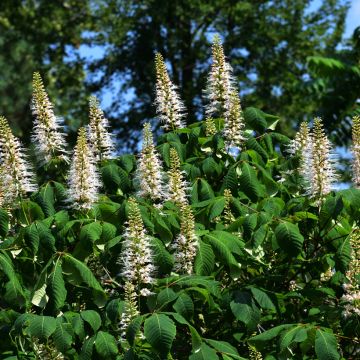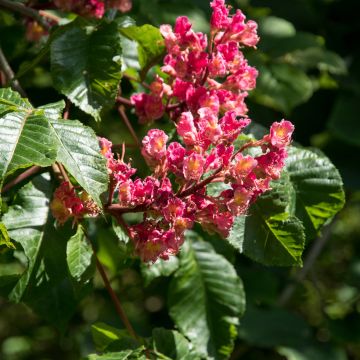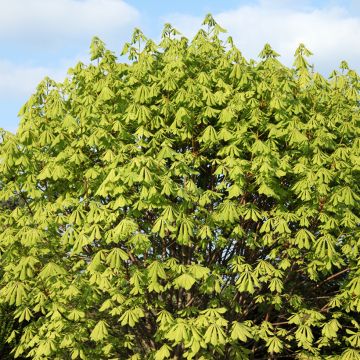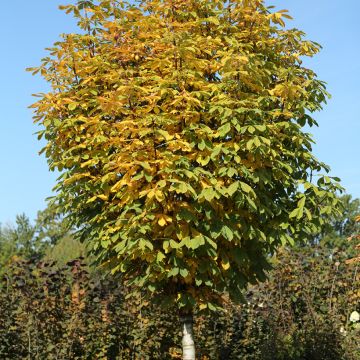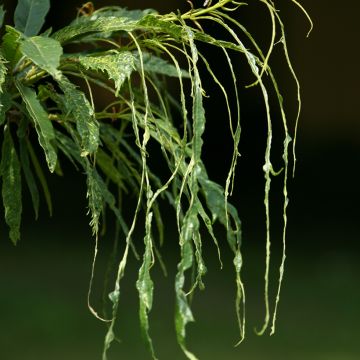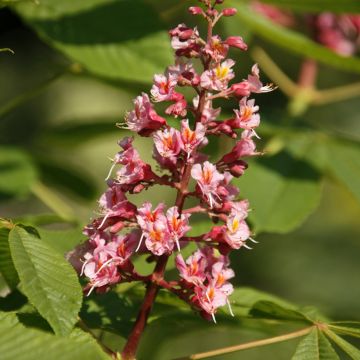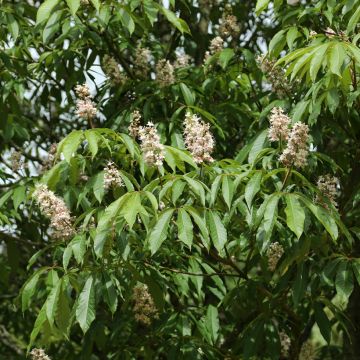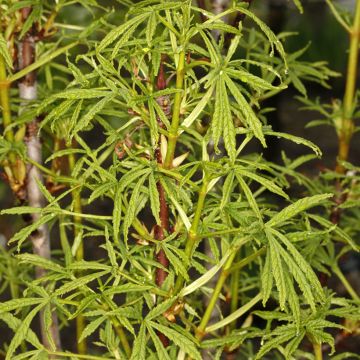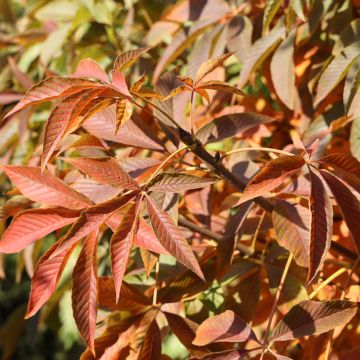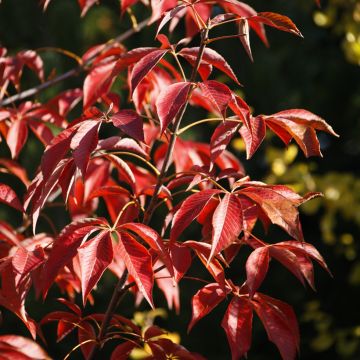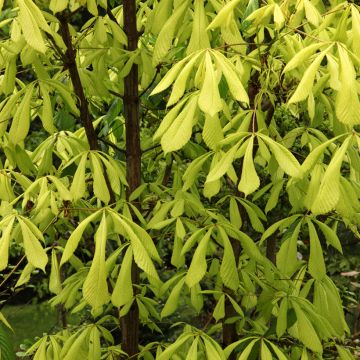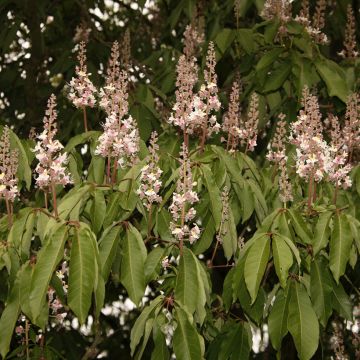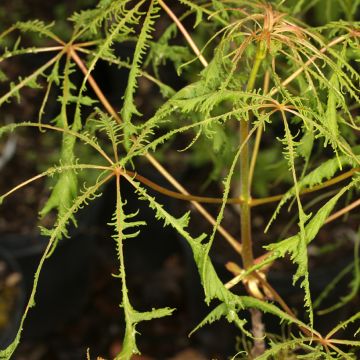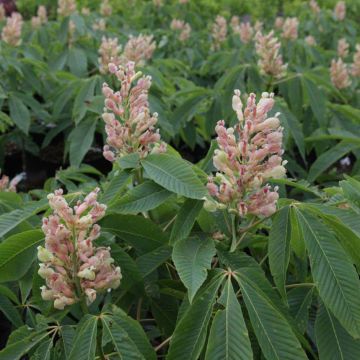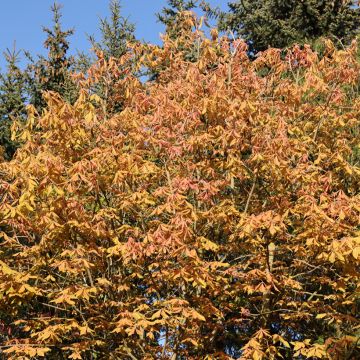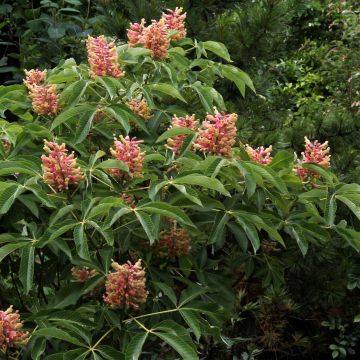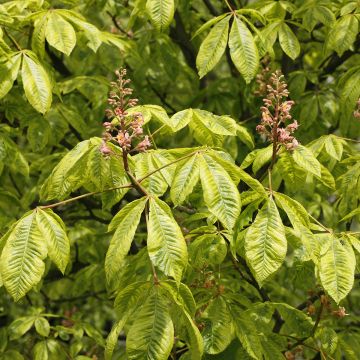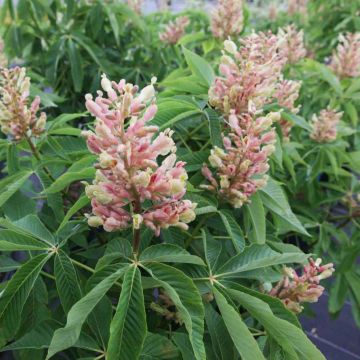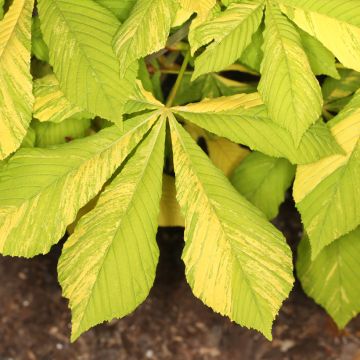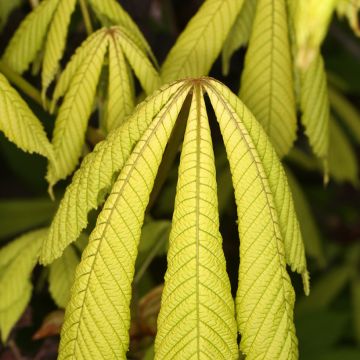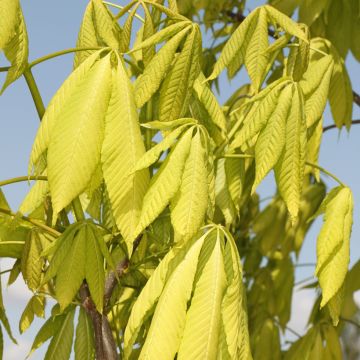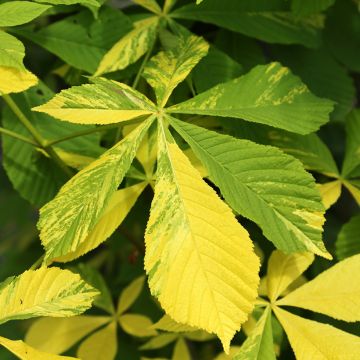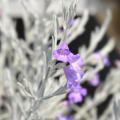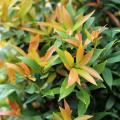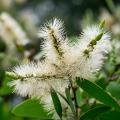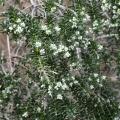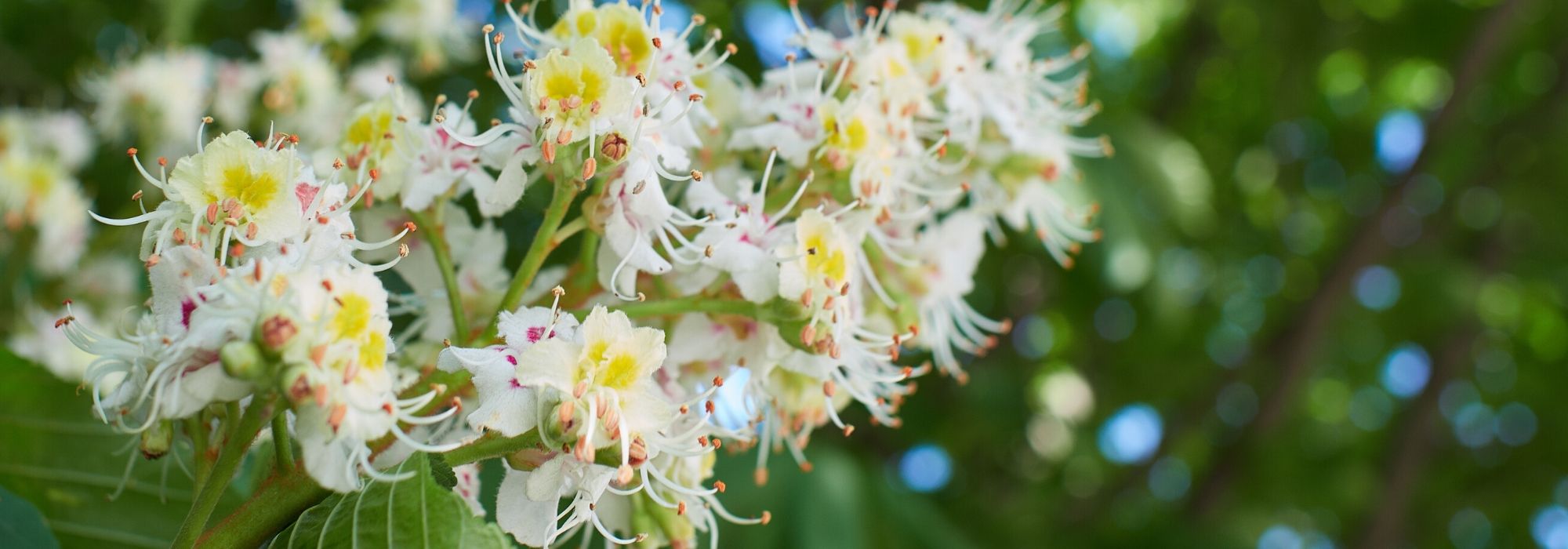Aesculus - Horse Chestnut
Would this plant suit my garden? Set up your Plantfit profile →
Available in 1 sizes
Available in 1 sizes
Available in 1 sizes
Available in 1 sizes
Available in 1 sizes
Available in 1 sizes
Available in 3 sizes
Available in 1 sizes
Available in 1 sizes
Available in 1 sizes
Available in 1 sizes
Available in 1 sizes
Available in 1 sizes
Available in 1 sizes
Available in 1 sizes
Available in 1 sizes
Available in 1 sizes
Available in 1 sizes
Available in 1 sizes
Available in 1 sizes
Available in 1 sizes
Available in 1 sizes
Available in 1 sizes
Available in 1 sizes
Available in 1 sizes
Available in 1 sizes
Available in 1 sizes
Available in 1 sizes
Available in 1 sizes
When we think of chestnut trees, we immediately imagine the large tree in the centre of the village square, far too imposing to be planted in our gardens. And yet, some charming species or varieties are much smaller in size. Like the White Buckeye or Aesculus parviflora, a bush that is wider than it is tall, with bronze foliage that turns dark green and finally yellow, adorned with feathery panicles of white flowers at the end of summer. Or the dwarf chestnut tree Aesculus mutabilis 'Induta', an adorable deciduous bush with a rounded crown that will not exceed 2.50m (8ft) in height, with palmate foliage of beautiful lime green, serving as a backdrop for a superb spring flowering in the form of red to salmon pink candles. The Aesculus neglecta is a compact tree but is slow-growing and will not exceed ten metres in height. Astonishing in spring with its bronze-copper young shoots, it turns light green in summer before donning a flamboyant orange-red autumn attire. It flowers in May-June as pale yellow candles that turn pink.
All these chestnuts can be planted in full sun or partial shade in any soil as long as it is rich, deep and moist.
Haven't found what you were looking for?





































